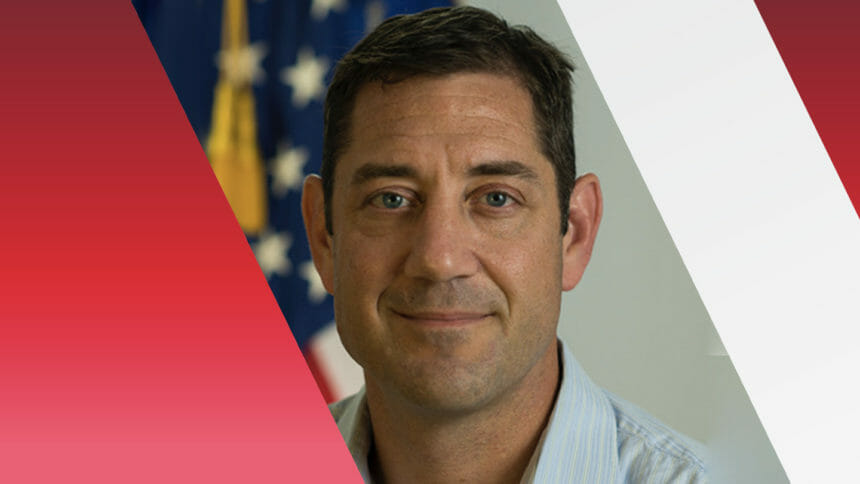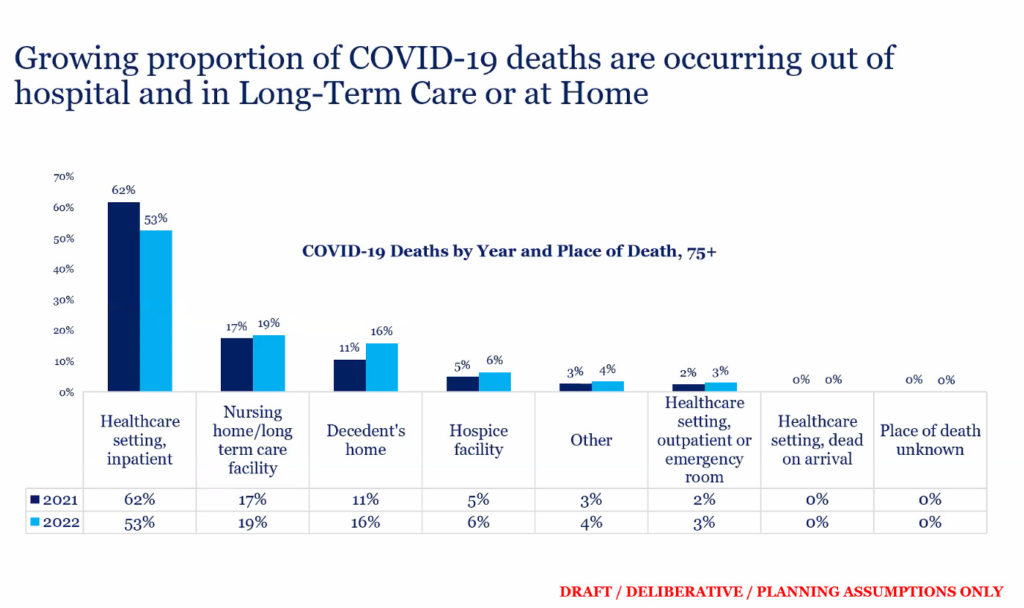
Providers are still clamoring for answers about how to best comply with a series of new rules and recommendations issued by federal regulators over the last two weeks, officials acknowledged during a nursing home stakeholder call Thursday.
Among the most frequent questions is whether staff in buildings in non-high transmission areas can truly go maskless. Others include whether staff can skip daily COVID-19 specific screening measures and return to routine resident assessment, and whether dining and activities can now begin to function much as they did pre-COVID in areas with lower transmission rates.
The answers to all of the above are yes, reiterated officials from the Centers for Medicare & Medicaid Services, the Centers for Disease Control and Prevention and the White House COVID-19 Response Team.
But staying on top of local transmission rates and remaining vigilant about encouraging vaccination of residents and staff will be critical to maintaining new, pre-COVID-like freedoms. COVID death rates are creeping up in the over-75 group, officials acknowledged Thursday.
“You’ve heard a lot today about the strength of the vaccines, and I just want to reiterate that one of our concerns is that, with this new, revised guidance, we are delinking or disassociating some of the testing requirements from vaccination status,” said Evan Shulman, director of the CMS Nursing Home Division. “This may cause some people to consider, well is vaccination still important? The answer is, unequivocally, yes.”
During the call, CMS officials said that the only vaccine requirements that remain are for providers to have received their initial series. No boosters are covered by the federal mandate.
White House expert Tom Tsai, MD, however noted that deaths among those 75 and over have inched up in the last six months, even as the country saw its lowest six-month average daily death rate since the pandemic’s start.

More alarmingly, the share of deaths occuring in nursing homes has started to increase, while hospital deaths have declined.
“We are in a different place this year because we have access to treatments, but we have to use those treatments effectively and to use our vaccines effectively,” Tsai said. Headed that there are new efforts underway to add telehealth to the federal test-to-treat initiative that launched earlier this year.
Meg Sullivan, MD, chief medical officer of the Administration of Strategic Preparedness and Response, noted that HHS had increased its test-to-treat reach to 44,000 physical locations and connected 2,000 long-term care pharmacies to the effort. But she said of those enrolled, only a small number are active, meaning they haven’t recently reported inventory ordered additional supplies.
Testing can remain a part of nursing home infection control measures, and should continue in areas that still have high transmission, which still included the majority of the country as of earlier this week.
That distinction, and when to allow staff to dof masks and other PPE, was a critical one that several speakers sought to underscore.
Screening testing is still recommended for new admissions in high-transmission areas. Testing should also be relied upon in suspected cases or following known exposures, per the CDC.
But it’s also important that providers follow new information provided by CMS last week that once again restricts the off-label use of point-of-care antigen tests.
Still, Shulman noted that it was largely OK for many facilities to begin to go back to pre-COVID “normal” conditions when it comes to dining and communal activities, both for residents and their potentially unmasked visitors.
“With the exception of some of the guidance from CDC, the answer is yes. We do say that we should encourage physical distancing and avoiding large crowds and we do believe that and that’s an important thing to do. But there is nothing on the CDC website or in our guidance that prohibits communal dining or activities, so those can occur as they normally used to,” he said.
“Be cautious. The safest practice is of course to maintain physical distance and wear source control, but, according to where we are right now and the guidance, this is allowable,” he stressed.




